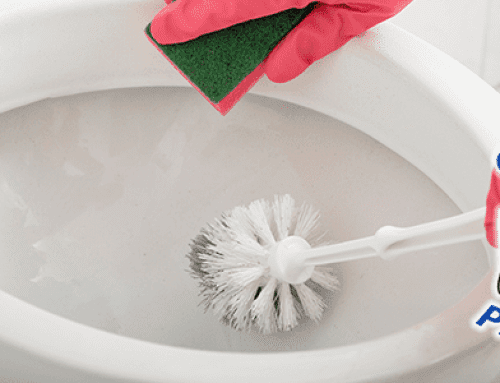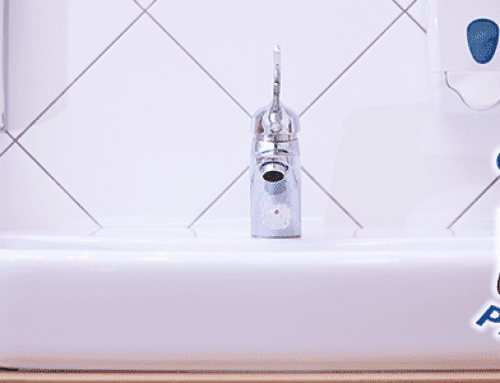A much-desired feature of many homes is the desire to have a walk-in shower. Many homes, especially older ones, were built with bathtubs. Below we will discuss the process one will need to take to convert a bathtub into a walk-in shower.
Before You Start
Before you start the process, you will want to consider if converting a bathtub into a walk-in shower is best for your home. The majority of home buyers prefer homes with at least one bathtub. To make sure your home is marketable in the future, you will want to make sure that there is at least one useable bathtub somewhere in the house.
Determining Location
Determining the location of your walk-in shower is very important. If you build the shower in the say location that formally housed the bathtub, then you will not have to worry about removing and rerouting the plumbing which will save you money. On the other hand, the location of the former bathtub might not leave you with enough room to have a spacious walk-in shower thus defeating the purpose of the conversion, to begin with.
Determining Which Shower Style is Right For You
By removing the bathtub, you have created the need for a shower pan. The shower pan essentially prevents the flooding of the bathroom and the rest of the house as a result of the shower. The shower pan will also determine the kind of walk-in shower you will have. There are two types of shower pans:
Curbed Showers
The shower pan creates an enclosure that requires stepping over. This is the cheapest of the two options due to its popularity and very easy to install. This design, like bathtubs, can make it difficult for people with mobility issues to enter and exit the shower.
Curbless Showers
The shower pan sits even with the floor and does not have an enclosure. This option is more visually appealing but it is more difficult to install and costs more money.
Out With The Old
Once you have figured out the location, spacing, plumbing, and design issues, you will need to deal with the removal process. The removal not only includes the bathtub but also the tiles and drywall that surrounded the bathtub.
In With The New
Once the old bathtub, tiles, and drywall have been removed, it is time to install your new walk-in shower. First, you will want to rebuild the drywall in a pattern that will give you the spacing you designed for the shower while also making sure the plumbing is incorporated into it. Once the drywall is finished, you will want to install the shower pan and flooring followed by the tiles. Once the conversion is completed, you will want to wait 24 to 48 hours before using to ensure everything has a chance to dry.




